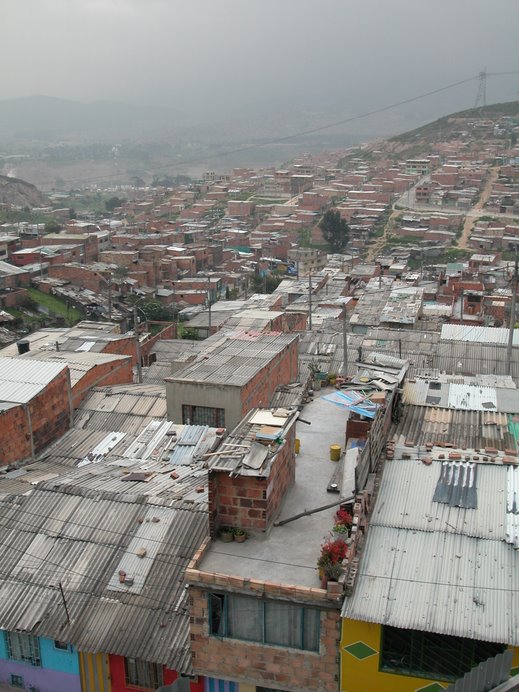 |
| Antonio Nariño, by Acevedo Bernal. |
 But Nariño (1765 - 1823), who is being memorialized these days in an exhibition in the Archivo de Bogotá, deserves to be remembered as much more than another heroic portrait. In conflict after conflict, with both pen and sword, he battled for freedom - and paid with his own liberty.
But Nariño (1765 - 1823), who is being memorialized these days in an exhibition in the Archivo de Bogotá, deserves to be remembered as much more than another heroic portrait. In conflict after conflict, with both pen and sword, he battled for freedom - and paid with his own liberty.A child of a wealthy Bogotá family, Nariño suffered lifelong health problems for which he moved to the warmer climate of Cartagena, where he became a successful exporter. He also imported the first privately-owned printing press in La Nueva Granada, ending the royal government's monopoly on the press.
In 1794, Nariño used that printing press to publish La Nueva Granada's first copies of 'The Rights of Man and the Citizen,' the fundamental document of the French Revolution and a furious challenge to the absolutist Spanish monarchy. After distributing only a few copies, Nariño got cold feet and burned the rest. But the virrey had already discovered the publication, and Nariño was arrested and condemned to ten years' exile in a Spanish colony in Africa.
 Nariño, however, managed to escape and return to Colombia, where he was again arrested and imprisoned until 1803. In 1808, with the winds of revolution blowing, the royal government rounded up dissidents, including Nariño, who was imprisoned until freed by the rebels in 1810.
Nariño, however, managed to escape and return to Colombia, where he was again arrested and imprisoned until 1803. In 1808, with the winds of revolution blowing, the royal government rounded up dissidents, including Nariño, who was imprisoned until freed by the rebels in 1810.Back in Bogotá, Nariño founded what was probably Colombia's first opposition newspaper, La Bagatela, with which he helped drive out of office Jorge Tadeo Lozano, the first president of the then-independent Estado de Cundinamarca. Nariño then became Cundinamarca's second president.
 |
| The La Bagatela newspaper, in the Archivo de Bogotá. |
Suffering health problems, Nariño moved from Bogotá to a warmer climate, where he died two years later.
How might Colombia's history have been different if it had had such a fighter during each generation?
As for La Casa de Nariño, the presidential palace, it is located on the site of Nariño's birthplace.
By Mike Ceaser, of Bogotá Bike Tours




No comments:
Post a Comment